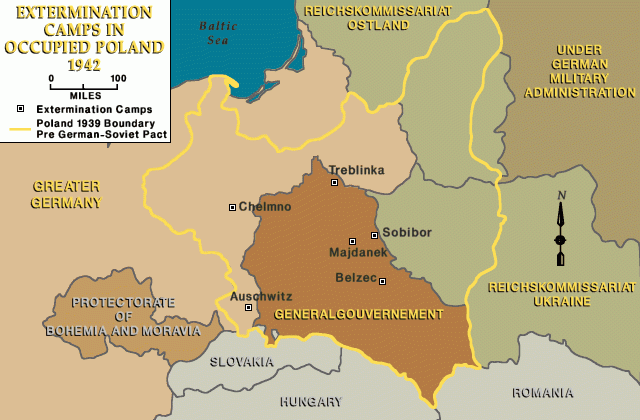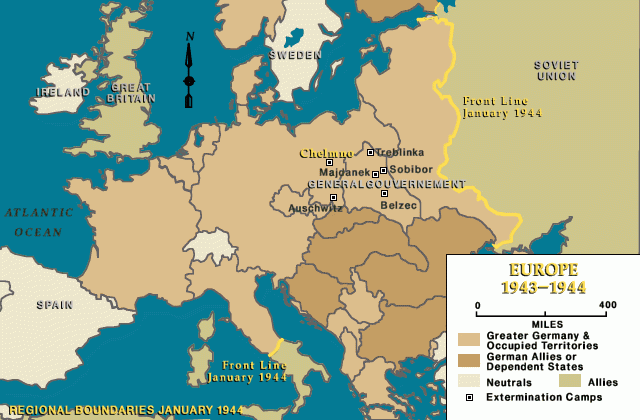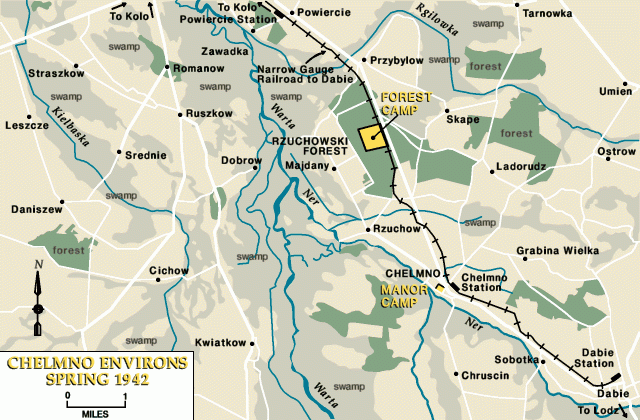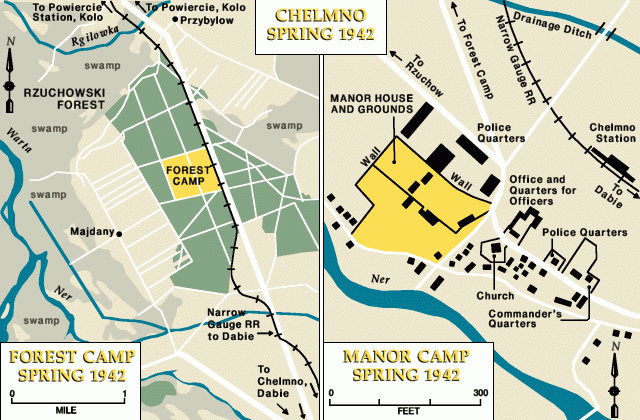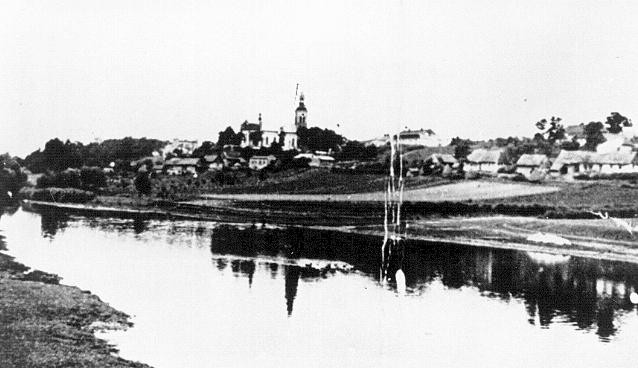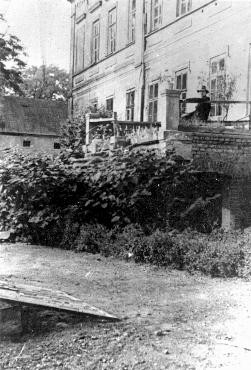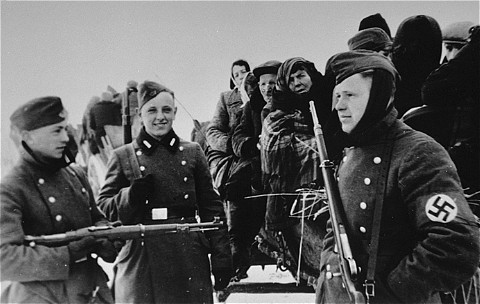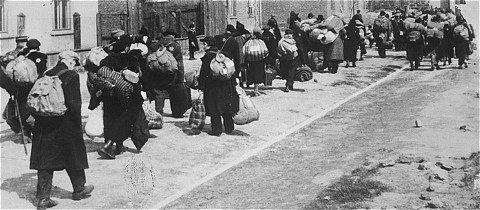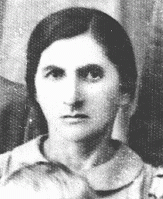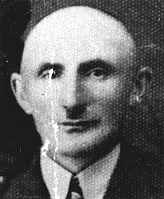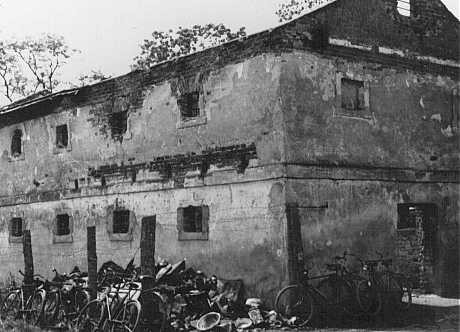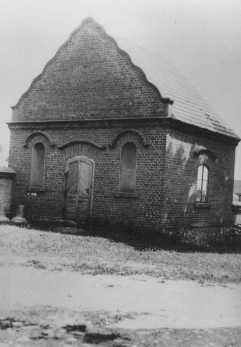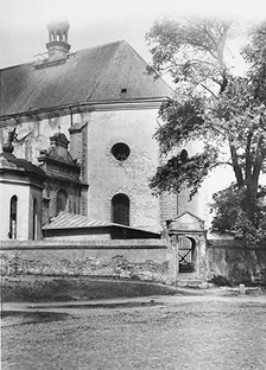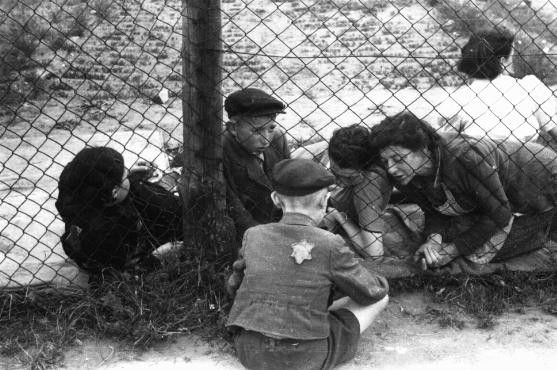
Chelmno
To carry out the mass murder of Europe's Jews, the SS established killing centers devoted exclusively or primarily to the destruction of human beings in gas chambers. Chelmno was among these killing centers. It was the first stationary facility where poison gas was used for the mass murder of Jews.
The village of Chelmno (Ger.: Kulmhof) is located about 30 miles northwest of Lodz along the Ner River, a tributary of the Warta River in today’s west central Poland. Under German occupation in World War II, Chelmno was located in the Wartheland administrative unit (seat Poznan/Posen). SS and police authorities established the Chelmno killing center in order to annihilate the Jewish population of the Wartheland, including the inhabitants of the Lodz ghetto. It was the first stationary facility where poison gas was used for mass murder of Jews.
Killing Operations
The “killing center” consisted of an unused manorial estate in the village of Chelmno itself and a large forest clearing approximately 2.5 miles northwest of Chelmno off the east side of the road to Kolo and abutting the village of Rzuchow to the south. These sites were known respectively as the Schlosslager (manor-house camp) and the Waldlager (forest camp). On the grounds of the estate was a large manor house, which contained the reception offices, including rooms for undressing and for relinquishing valuables. The SS and police staff and guards were housed in other buildings in the village. The manor house and the grounds were encircled by a high wooden fence. The clearing in the forest camp, which contained space for mass graves, was likewise fenced off.
The SS and police carried out killing operations at Chelmno on the authority of the Higher SS and Police Leader for Wartheland District, SS General Wilhelm Koppe. Koppe entrusted the leadership of the special detachment deployed at Chelmno to SS Captain Herbert Lange of the Commander of Security Police and SD station in Poznan. Lange was replaced in April 1942 by SS-Captain Hans Bothmann. Lange and some of his fellow officers had had experience in mass murder of institutionalized Poles with disabilities in 1940. Under the leadership of Security Police and SD officers, the rank and file of the so-called Special Detachment (Sonderkommando) Lange—later called the SS Special Detachment Bothmann—was made up of Gestapo, Criminal Police, and Order Police personnel. The maximum strength of the Special Detachment was just under 100, of whom around 80 belonged to the Order Police.
The SS and police began killing operations at Chelmno on December 8, 1941. During the first five weeks, the victims were Jewish residents of nearby areas in Wartheland District. The SS and police transported them from the places in which they lived by truck to the grounds of the castle in Chelmno.
Guarded by members of the Special Detachment, the victims disembarked one truck at a time in the courtyard of the manor house. SS officials, often wearing white coats to create the impression that they were physicians, explained to the deportees that they would go to Germany as laborers, but first had to bathe and have their clothes disinfected. The Jews then entered the manor house. Once inside they were led to a back room where they undressed and handed over their valuables against receipts to a Polish civilian, who was employed by the special detachment. SS and police personnel led the naked prisoners to the cellar, where they had to walk down a ramp sloping into the back of a large paneled truck that could hold 50–70 persons. When the back of the van was full, the doors were closed and sealed. The mechanic on duty attached a tube to the van’s exhaust pipe and then started the engine, pumping carbon monoxide gas into the space where the prisoners were crowded, killing them by asphyxiation. After the victims were dead, the tube was detached from the exhaust pipe, and the van, now full of corpses, was driven to the forest camp, where the bodies were transferred into previously excavated mass graves. Any victims found to be still alive as the corpses were being unloaded were shot by SS and police officials on duty at the forest camp.
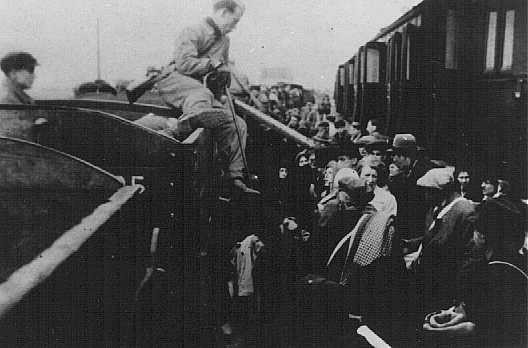
On January 16, 1942, the SS and police began deportations from the Lodz ghetto. German officials transported the Jews from Lodz by train to Kolo, six miles northwest of Chelmno. There SS and police officials supervised the transfer of the Jews from the freight trains to a train running on a narrow-gauge track, which took them to the Powiercie station, three miles northwest of Chelmno. Then the Jews were transported by truck from Powiercie to the manor-house camp, where they were forced to enter into the killing process.
A few Jewish prisoners were selected from incoming transports to form a forced-labor detachment (Sonderkommando) of 50 to 60 men deployed at the forest camp. They removed corpses from the gas vans and buried them in the mass graves. Because the graves quickly filled and the smell of decomposing bodies began to permeate the surrounding area, including nearby villages, the SS and police ordered in summer 1942 that in future the bodies be burned on open air “ovens” made of rail track in the forest camp. Jewish Sonderkommando members were also responsible for exhuming the graves and burning the previously interred bodies. In addition, they sorted the clothing of the victims and cleaned the vans. Another small detachment of about 15 Jews worked at the manor house, sorting and packing the belongings of the victims. Between eight and ten skilled handicraftsmen produced or repaired goods for the SS special detachment. Periodically, SS and police officials would kill the members of the Jewish special detachments and replace them with laborers selected off of new transports.
Deportations to Chelmno
The SS and police conducted killing operations in Chelmno from December 8, 1941, until March 1943 and then again for a brief period in June-July 1944 in the forest camp. From early December 1941 until mid-January 1942, the SS and police deported Jews by truck from nearby towns and villages; the first transports included Jews from Kolo, Dabie, Sompolno, Klodowa, Babiak, and Kowale Panskie.
From mid-January 1942, SS and police authorities deported Jews in crowded freight trains from the Lodz ghetto to Chelmno. These transports included Jews deported to Lodz from Germany, Austria, Bohemia and Moravia, and Luxemburg. Throughout 1942, the SS and police continued to deport Jews from Wartheland district region to Chelmno and killed them there. Other victims murdered at the Chelmno killing center included several hundred Poles and Soviet prisoners of war. Many of the 5,000 Roma (Gypsies) who had been deported from Austria to the Lodz ghetto in 1941 were also among the first victims of Chelmno.
After having annihilated almost all Jews residing in Wartheland District (aside from those remaining in the Lodz ghetto), the SS and police ceased transports to Chelmno in March 1943. Deploying surviving members of the Jewish special detachment, the SS and police demolished the manor house and the open air ovens in the forest camp and then shot the last Jewish forced laborers before abandoning the site in April 1943. In June 1944, however, the Germans renewed deportations to Chelmno to facilitate the liquidation of the Lodz ghetto. The SS Special Detachment Bothmann returned to the forest camp and supervised renewed killing operations. After one night in the village of Chelmno, the 1944 victims were driven to the forest camp, where the camp authorities had constructed two reception huts and two open air ovens. SS and police officials guarded the Jewish victims as they undressed and gave up valuables. Then they killed the Jews either by asphyxiation in a gas van or by shooting. From mid-July 1944, the SS and police deported the remaining inhabitants of the Lodz ghetto to Auschwitz-Birkenau.
Escape from Chelmno
Seven Jews are known to have escaped from Chelmno; all worked in the burial detachment. Mordechai Podchlebnik, Milnak Meyer, Abraham Tauber, Abram Roj, and a mysterious "Szlamek," whose actual identity has never been fully established, escaped during the winter of 1942; Mordechai Zurawski and Simon Srebnik escaped from the labor detail dismantling the killing center in January 1945. Podchlebnik, Zurawski, Srebnik, and Roj survived the war. Though he did not survive, "Szlamek" found refuge in the Warsaw ghetto and told of his experiences. The Jewish underground movement smuggled Szlamek's account that the Germans were systematically killing Jews with poison gas at Chelmno via the Polish underground to the West, where it appeared in a New York Times article published on page six of the July 2, 1942 edition.
Hiding Evidence of Mass Murder
Beginning in September 1944, a group of Jewish prisoners, presumably brought from outside the Wartheland District, was forced to exhume and cremate any remaining corpses from the mass graves at Chelmno as part of Operation 1005 and to obliterate any other evidence of mass murder operations. The SS and police shot about half of the 80-man detachment after this work was done in November 1944. The Germans abandoned the Chelmno killing center on January 17, 1945, as the Soviet army approached. The SS killed at least 172,000 people at Chelmno between December 1941 and March 1943 and in June/July 1944.
Critical Thinking Questions
To what degree was the German population and the local Polish community aware of the camps, their purpose, and the conditions within? How would you begin to research this question?
Did the outside world have any knowledge about the killing centers? If so, what actions were taken by other countries and their officials?
What choices do other countries have in the face of mistreatment of civilians?



